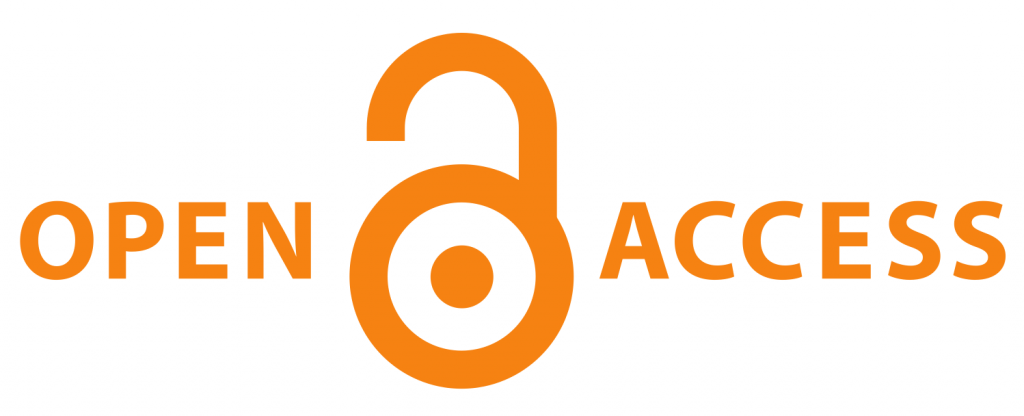Living Laboratory: A Model for Co-creation and Sharing Knowledge and Skills in Building Resilient Food Systems
Experiences from Mosop Subcounty, Nandi County, Kenya
Abstract
Today’s unsustainable and inequitable food system demand attention from all stakeholders. Malnutrition is on the rise, the food systems activities are responsible for biodiversity loss, water depletion, and land degradation. The top-down agricultural development research and practices have been increasingly called into question. Living lab as both an approach and a platform for supporting agricultural research and extension advisory services could be applicable in a wide range of settings and diverse actors. The main aim of the study was to investigate whether climate change affects smallholder dairy production in Mosop. The author explores the potential of the living lab model for analyzing and building resilient and sustainable dairy production systems. The study employed case study method in Mosop Sub County. The study used key informant interviews and focus group discussions involving project implementers and beneficiaries for data collection. Mosop subcounty documents the promising climate adaptation strategies promoted by the program for climate smart livestock through the LL model. The findings indicated that climate change is taking place and is already affecting dairy production in Mosop. The adaptation strategies most effective in addressing impacts of climate change on dairy production include; feed conservation especially silage making; use of crop residues (maize stovers) and 24H feed fermentation. The findings also indicated that the principle of inclusiveness, transparence and realism according to the living labs models contributed to project outcomes. The livestock extension officers acknowledged that the social learning happening around the networks of pioneer adopters is an innovation mechanism in and rural advisory and agricultural extension. Both the farmer respondents and livestock officers, further agreed that, if supported and motivated this farmer to farmer horizontal learning is an effective model for scaling locally-led climate change adaptation in agrifood system and environmental landscape. The findings indicate the LL model allows the involvement of a diversity of actors; it allows experimentation in reality thus grounding it to co-creation. However, for LL to thrive, it requires an open mindset and reversal learning especially for the agricultural advisory service providers and researchers. This study recommends that there is a need for designing interventions towards resilient dairy production systems but most importantly, these should account for local contexts, priorities and preferences. This will enhance uptake and adoption, consequently enhancing resilience and sustainability.
Article Views and Downloands Counter
References
Bergvall-Kåreborn, B., Eriksson, C. I., Ståhlbröst, A., & Svensson, J. (2009). A milieu for innovation: Defining living labs. In ISPIM Innovation Symposium: 06/12/2009-09/12/2
Compagnucci, L., Spigarell, F., Coelho, J., & Duarte, C. (2021). Living Labs and user engagement for innovation and sustainability. https://doi.org/ 10.1016/j.jclepro.2020.125721
Cunningham, P., & Cunningham, M., (2016). Report on innovation spaces and living labs IST-Partner countries. International Information Management Corporation Ltd List, IIMC. Africa consortium.
El Bilali, H. (2019). Research on agro-food sustainability transitions: Where are food security and nutrition? Food Sec. 11, 559–577 (2019). https://doi.org/10.1007/s12571-019-00922-1
ENOLL, (2021). European Network of living labs (ENOLL). htttps://enoll .org/about- us/what-living –labs/Gamache, G., Juliette, A., Feche, R., Barataud, F., Mignolet, C., & Coquil, X. (2020). Can living labs offer a pathway to support local agri-food sustainability transitions? Environmental Innovation and Societal Transitions. DOI:10.1016/j.eist.2020.08.002.
Giro, A., & Kumar, N. (2022). Climate Smart Livestock System: Review. Journal of Agricultural Research Pesticides and Biofertilizers, 3(1). DOI: http;//doi.org/01.2022/1.1045.
Hooli, l., Jauhiani, J. S., & Lahd, K. (2016). Living labs and knowledge creation in developing countries: Living labs as a tool for socio-economic resilience in Tanzania. Africa Journal of Science, Technology, Innovation and Development, 8(1) ,61-70, DOI:10.1080/20421338.2015.1132534
Ingram, J. (2015). Framing niche-regime linkage as adaptation: an analysis of learning and innovation networks for sustainable agriculture across Europe. Journal of Rural Studies, 40, 59-75. DOI:10.1016/j.jrurstud.2015.06.003
Ingram, J. (2018) Agricultural transition: niche and regime knowledge systems’ boundary dynamics. Environmental Innovation and Societal Transitions, 26.117-135. DOI:10.1016/j.eist.2017.05.001
Lupp, G., Zingraff-Hamed, A., Huang, J. J., & Pauleit, S. (2020). Living Labs - A concept for co-designing nature-based solutions. Sustainability. https://doi.org/10.3390/su13010188
Ondieki, M. A., & Moturi, C. (2019). An assessment of the sustainability of living labs in Kenya. Innovation and Management Review,16(4),391-403. DOI:10.1108/INMR-08-2018-0058
UNDESA. (2013). World population projected to reach 9.6 billion by 2050. https://www.un.org/en/desa UNDESA. (2015). The World Population Prospects: 2015 Revision. https://www.un.org/en/development/desa/publications/world-population-prospects-2015-revision.html
Voytenko, Y., McCormick, K., Evans, J., & Schliwa, G. (2016). Urban living labs for sustainability and low carbon cities in Europe: Towards a research agenda. Journal of Cleaner Production, 123. https://doi.org/10.1016/j.jclepro.2015.08.053
Copyright (c) 2024 Africa Journal of Technical and Vocational Education and Training

This work is licensed under a Creative Commons Attribution-NonCommercial-ShareAlike 4.0 International License.
Copyright Notice Copyright of published articles is held by AfriTVET. No limitation will be placed on the personal freedom of authors to copy or to use in subsequent work, material contained in their papers. Please contact the Publisher for clarification if you are unsure of the use of copyright material. Apart from fair dealing for the purposes of research and private study, or criticism and or review, this publication may only be reproduced, stored or transmitted, in any form or by any means, with the prior permission in writing of the Publishers.


